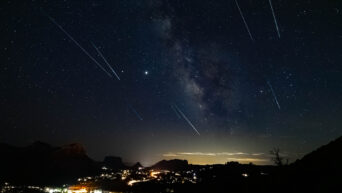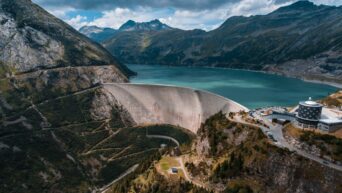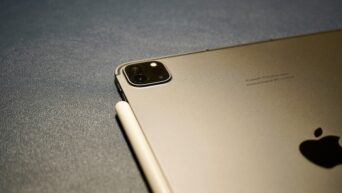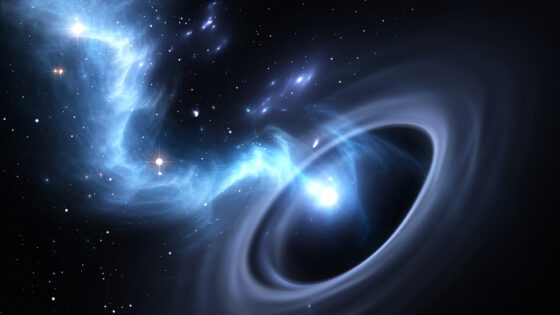
Credit: Unsplash
We’ve got new moon samples for the first time in decades.
On the entire planet, there are only a handful of genuine moon rock samples. The majority of them are in the custody of NASA or other space programs; in fact, it’s actually illegal for private citizens to own moon rocks. Think carefully on that next time someone says they want to sell you a moon rock. Anyway, thanks to a recent probe China sent to the moon, we’ve finally got some new samples to analyze.
China’s Chang’e 5 lunar probe successfully landed on the lunar surface recently, and after some analysis and sample retrieval, it manage to successfully launch a pod full of brand new moon rocks back to the Earth’s surface. This pod was recovered by the Chinese Lunar Exploration Program and flown back to their campus for in-depth study.
“As our nation’s most complex and technically groundbreaking space mission, Chang’e 5 has achieved multiple technical breakthroughs … and represents a landmark achievement,” a statement from the program said.
China’s Chang’e-5 mission sends Moon samples back to Earth — a first since 1976
Sandhya Ramesh @sandygrains reports#ThePrintSciencehttps://t.co/4vmqQgrBFV
— Shekhar Gupta (@ShekharGupta) December 17, 2020
To clarify, no new moon rocks have been retrieved and returned to the Earth’s surface in over 40 years. Not only that, but the samples retrieved by Chang’e are estimated to be several billion years younger than the samples retrieved by US and Russian space programs. They may just seem like rocks, but a lot can change on a celestial body in a few billion years. These new samples could give the scientific community at large a much more detailed snapshot of the moon’s composition, as well as how that composition has subtly shifted over the millennia.
Brad Jolliff, director of the McDonnell Center for the Space Sciences at Washington University, was ecstatic about the news of these new samples. “These samples will be a treasure trove!” Jolliff wrote. “My hat is off to our Chinese colleagues for pulling off a very difficult mission; the science that will flow from analysis of the returned samples will be a legacy that will last for many, many years, and hopefully will involve the international community of scientists.”






























